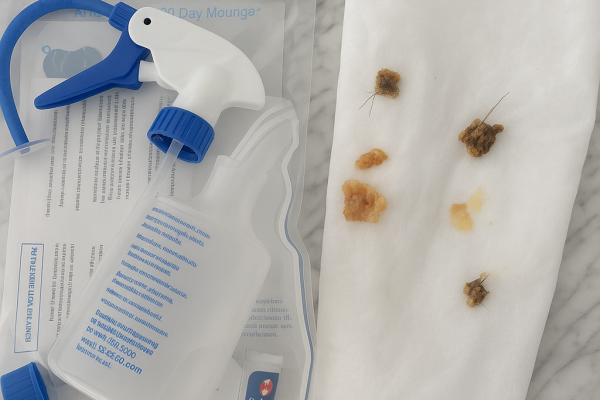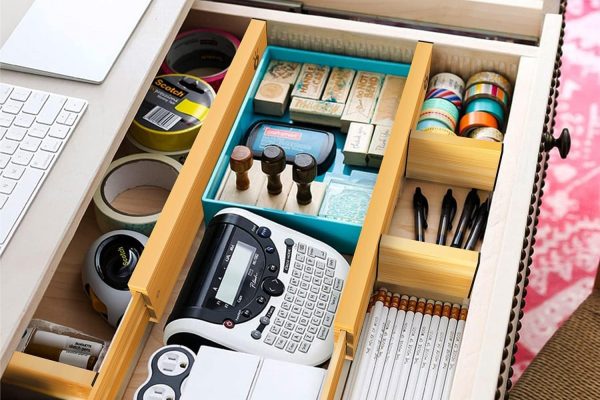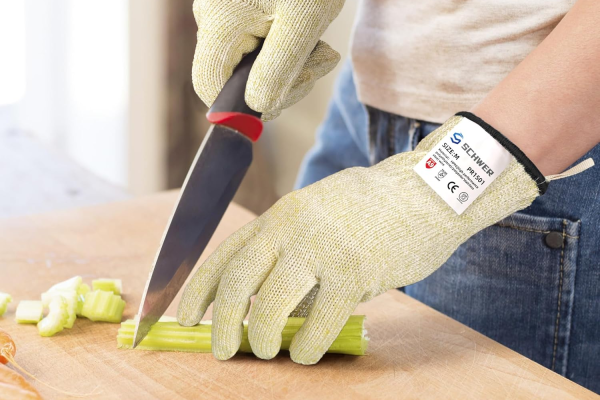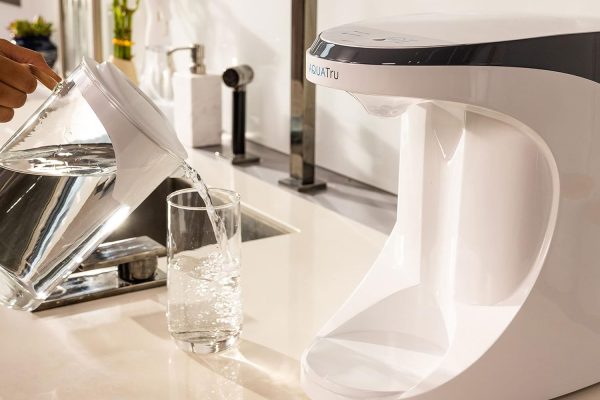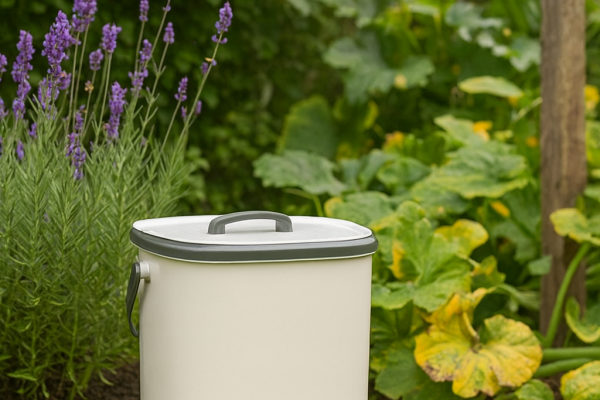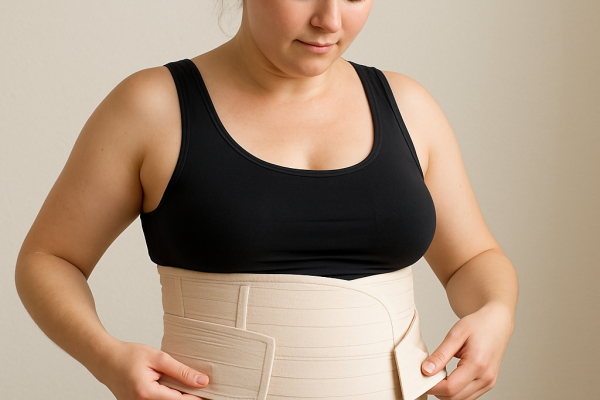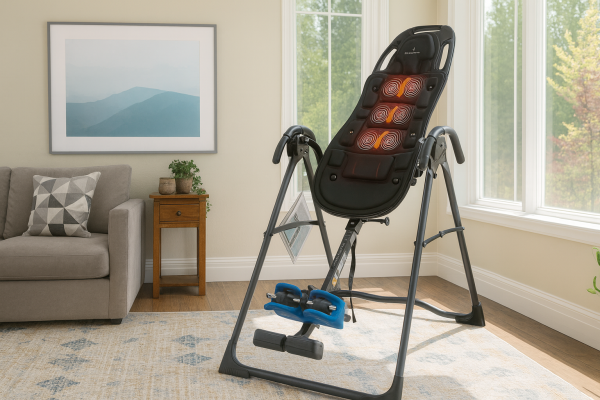
You’ve decided to invest in a health tracker. You’ve narrowed it down to two options: the Oura Ring or the Whoop Band. Both are sleek, both promise comprehensive health insights, both have premium price tags.
Here’s the problem: Most people buy the wrong one.
A significant portion of wearable users—roughly 87%—select their device based on superficial factors like initial cost, form factor appeal, or marketing hype. They miss the critical question: Does this device actually match my health priorities?
The result? Frustration. Unused features. Wasted money. A tool that doesn’t work for their lifestyle.
This article solves that problem. You’ll understand exactly which device fits your needs, why the other one would disappoint you, and how to avoid spending $300-$400 on the wrong piece of technology.
The Fundamental Mistake: Confusing Two Different Tools
The Oura Ring and Whoop Band aren’t competing versions of the same device. They’re solving different problems for different people.
Oura Ring is built for holistic wellness. It prioritizes comfort, sleep accuracy, foundational health metrics, and longevity tracking. It’s designed for professionals, wellness-focused individuals, and anyone who wants deep insights into their systemic health.
Whoop Band is engineered for athletic performance. It’s built to quantify training load, prescribe daily recovery needs, detect what strain your body can handle, and optimize your next workout. It’s designed for competitive athletes, fitness enthusiasts, and anyone trying to maximize physiological output.
Buying Whoop when you need Oura means paying a premium subscription ($200-$359/year) for performance metrics you’ll never use. Buying Oura when you need Whoop means getting frustrated with vague guidance and poor workout tracking.
The 87% misalignment happens because people don’t match their actual lifestyle to the device’s core design.
Head-to-Head Comparison: What Actually Matters
Form Factor & Comfort: Discretion vs. Durability
The Oura Ring wins for comfort.
Its sleek, jewelry-like design sits invisible on your finger. Users report forgetting they’re wearing it—which is exactly what you want for capturing true sleep and recovery data without behavioral changes. It’s ideal if you’re a professional who wears watches or formal attire, or someone who values discretion.
The trade-off? The ring is vulnerable during high-impact activities. Heavy weightlifting, contact sports, or accidental bumps can scuff or damage it, forcing you to remove it and creating data gaps.
The Whoop Band prioritizes sensor contact.
WHOOP 5.0/MG Activity Tracker [click to view…]
It’s less discreet—typically worn on the wrist or bicep—but that versatility is intentional. You can move it to optimize sensor placement during different activities. It’s built for durability, not aesthetics. If you’re regularly hitting the gym or doing intense training, this design makes practical sense.
Verdict: Choose Oura if comfort and discretion matter most. Choose Whoop if you need durability and activity-specific placement.
Battery Life & Data Continuity
Oura Ring: 4-7 days per charge. Fast charging (20-80 minutes). You remove it from your body to charge, creating predictable weekly data gaps.
For most people tracking sleep and general wellness, a weekly 30-minute gap is negligible.
Whoop Band: Historically 4-5 days per charge. The MG/5.0 claims up to 14 days. The game-changer? The PowerPack—a portable clip-on charger you attach while wearing the device. This means truly continuous 24/7 data without removal.
For competitive athletes tracking recovery during training cycles or multi-day events, uninterrupted data is critical.
Verdict: Oura works fine for most people. Whoop’s PowerPack matters only if you’re serious about never missing a data point.
Accuracy: Clinical Validation vs. Contextual Sensitivity
This is where science separates the devices.

Oura Ring’s accuracy:
- Resting Heart Rate: 0.98 correlation with clinical standards
- Heart Rate Variability: 0.91 correlation with clinical standards
These numbers are exceptional. They mean Oura’s baseline measurements are highly reliable for identifying long-term health trends, early illness markers, and systemic stress patterns.
Whoop Band’s accuracy:
- Resting Heart Rate: 0.88 correlation with clinical standards
- Heart Rate Variability: 0.76 correlation with clinical standards
Whoop’s lower baseline accuracy is intentional. It’s engineered to detect micro-variations and contextual sensitivity—how your body responds acutely to training stress, not how it compares to clinical gold standards.
Verdict: If you need foundational diagnostic reliability, Oura wins. If you need acute performance sensitivity, Whoop’s approach works better for your use case.
Sleep Tracking: Precision vs. Recovery Context
Oura Ring provides highly validated sleep stage differentiation. It accurately distinguishes between deep, light, and REM sleep. This data feeds into the Readiness Score—Oura’s central metric for daily capacity.
Multiple studies show Oura’s sleep analysis closely matches medical-grade devices.
Whoop Band reliably tracks total sleep duration, but some analyses suggest it struggles to differentiate sleep stages as precisely as Oura. Its strength is contextual: how last night’s sleep impacts your recovery for today’s performance.
Verdict: Oura excels at sleep architecture. Whoop excels at translating sleep into actionable recovery guidance.
Women’s Health & Specialized Features
This is where the devices diverge sharply.
Oura Ring offers sophisticated menstrual cycle tracking using continuous skin temperature monitoring. It estimates period and ovulation dates with validated accuracy. It integrates with Natural Cycles, an FDA-approved form of birth control, providing regulatory-backed fertility insights.
If you’re tracking hormonal health or managing fertility, this feature is genuinely valuable.
Whoop Band offers basic manual logging for menstrual cycles. It’s an afterthought compared to Oura’s sophisticated approach.
Conversely:
WHOOP 5.0/MG Activity Tracker [click to view…]
Whoop Band includes on-demand ECG readings, Atrial Fibrillation (AFib) detection, and continuous SpO2 tracking—clinical-grade cardiac monitoring designed for serious athletes.
Oura Ring offers SpO2 sensing but lacks the cardiac diagnostics focus.
Verdict: Women prioritizing cycle tracking need Oura. Athletes requiring cardiac diagnostics need Whoop MG.
Activity Detection & Training Metrics
Here’s where the biggest functional gap appears.
Oura Ring provides generalized activity tracking and a Readiness Score that suggests your daily capacity. The problem: automatic activity detection is inconsistent. It often misidentifies workout types and requires manual entry or importing data from a connected smartwatch for accurate caloric burn.
For casual fitness tracking, this is fine. For someone trying to optimize training, it’s frustrating.
Whoop Band includes the Strain Score (0-21 scale) that quantifies daily physiological stress from both exercise and non-exercise stressors. More importantly, it includes the Strain Coach—an AI system that prescribes exactly how much exertion you should handle today based on yesterday’s recovery.
Whoop automatically detects various activity types and accurately quantifies intensity zones. For active users and athletes, this is the tool’s defining strength.
Verdict: Casual fitness enthusiasts tolerate Oura’s limitations. Serious athletes need Whoop’s Strain Coach and activity detection.
Data Portability & Ecosystem
Oura Ring integrates broadly with Apple Health and Google Fit. This means your data lives in a centralized health repository alongside nutrition logs, fitness apps like Strava, and other wellness tools.
For someone building a comprehensive health data strategy, this openness is valuable.
Whoop Band operates as a closed ecosystem. It integrates with specialized athletic platforms (Strava, Training Peaks) but not with Apple Health or Google Fit. Your data stays siloed in the Whoop app.
This creates a long-term functional risk. You can’t easily port your data if you switch devices, and you can’t correlate Whoop data with external health information.
Verdict: Strategic biohackers building integrated health systems choose Oura. Athletes content with a dedicated performance app accept Whoop’s silo.
The Real Cost Comparison: What You’ll Actually Spend
This is where people make expensive mistakes.

Oura Ring Financial Model
- Upfront cost: $349.00 (hardware)
- Annual subscription: $71.88 ($5.99/month)
- Year 1 total: $420.88
Here’s the problem: Oura Ring batteries degrade significantly around 2-3 years of use. User reports consistently document that devices begin failing or require daily charging shortly after the warranty expires. Most users face a mandatory hardware replacement.
- Total 3-year cost (with replacement): ~$914 ($350 replacement + operational costs)
Whoop Band Financial Model
- Upfront cost: $0 (included with subscription)
- Annual membership: $199-$359 (depending on plan tier)
- Year 1 total: $199-$359
The advantage: When hardware fails, Whoop replaces it at no additional cost. The subscription covers device replacement.
- Total 3-year cost: $597-$1,077 (depending on plan tier, with guaranteed hardware support)
The Tipping Point
For 1-2 years: Whoop is more expensive.
For 3+ years: Oura becomes more expensive (due to replacement risk) unless you’re comfortable with unreliable data or discontinuing service.
For 5+ years: Oura’s low monthly fee wins—if you don’t need hardware replacement. But most users do.
Verdict: Short-term, Whoop costs more. Long-term, Oura’s replacement risk makes it more expensive and risky. Whoop offers financial predictability.
The Decision Framework: Which One Is Actually For You?
Stop guessing. Use this framework.
Choose Oura Ring if:
✓ Your priority is sleep quality, recovery, and systemic health ✓ You value comfort and want a discreet device ✓ You track menstrual cycles or fertility ✓ You want baseline accuracy for identifying long-term health trends ✓ You want data that integrates with other health apps (Apple Health, Google Fit, nutrition trackers) ✓ You’re willing to accept weaker workout tracking
Choose Whoop Band if:
WHOOP 5.0/MG Activity Tracker [click to view…]
✓ Your priority is training load management and athletic performance ✓ You want prescriptive guidance on how hard to train today ✓ You do regular, intense workouts and want accurate activity detection ✓ You need uninterrupted 24/7 data capture ✓ You require cardiac diagnostics (ECG, AFib detection) ✓ You’re comfortable with a closed data ecosystem
Choose Neither if:
✗ You want a budget wearable (both are premium-tier) ✗ You want an all-in-one device with a screen (both are screenless) ✗ You want cellular connectivity or payment features ✗ You want to avoid subscription fees (Whoop requires them; Oura makes basic features subscription-dependent)
The Bottom Line: Stop Making the Wrong Choice
The 87% misalignment isn’t your fault. It’s the result of marketing noise and unclear positioning.
But now you have clarity.
If you’re a wellness-focused person prioritizing sleep, stress management, and general health: Oura Ring is your device. Accept the weaker workout tracking. That’s not what you need it for.
If you’re an athlete prioritizing performance optimization: Whoop is your device. Accept the higher subscription cost. That’s what you’re paying for.
If you’re between these profiles: Prioritize what matters most to you—and commit to that decision.
The wrong choice costs $300-$400 and endless frustration. The right choice becomes an integral part of your health system that actually delivers value.
Choose wisely.
Ready to make your choice?
Start with one question: Am I prioritizing wellness or performance? Your answer determines everything.
Dora Decora is a biophilic interior design specialist and passionate blogger. With a deep commitment to integrating nature into living spaces, Dora specializes in creating environments that foster human-nature connections through thoughtful design elements. Her approach emphasizes sustainable materials, natural lighting, and organic patterns that enhance wellbeing and reduce environmental impact.
This post (https://homechroma.com/oura-ring-vs-whoop) was originally published by Dora Decora on Home Chroma. As an Amazon Associates partner, we are compensated for all qualifying purchases.








